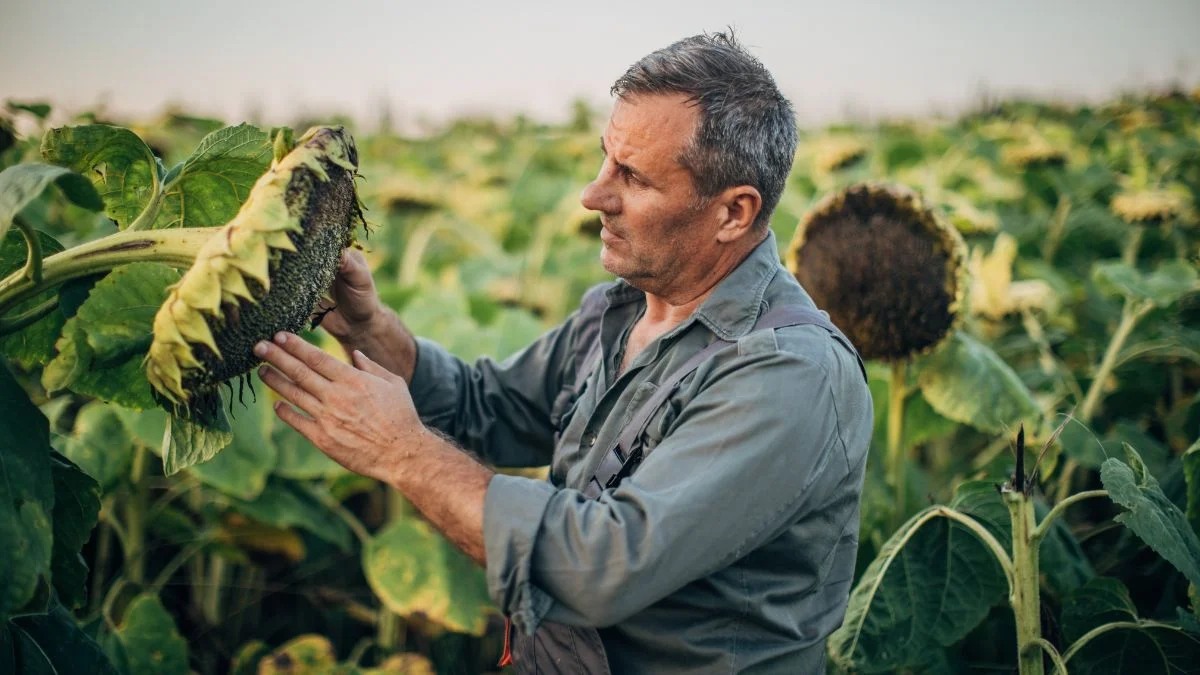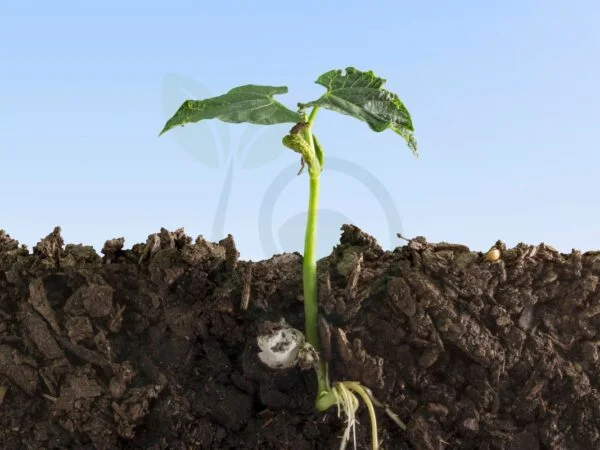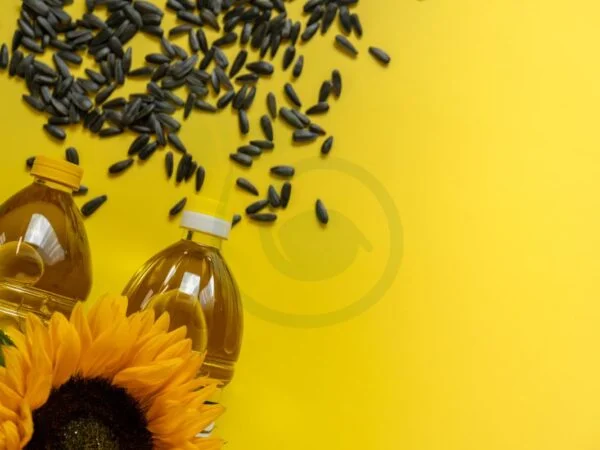When it comes to snacking in the garden, why settle for store-bought when you can easily pick sunflower seeds straight from the flower stems? Embrace the contrast of convenience and freshness by harvesting your own sunflower seeds. Not only is it a great way to enjoy a healthier snack free from additives or preservatives, but it also allows you to enjoy a sun and rewarding experience.
Delve into the simple process of picking sunflower seeds and elevate your snacking game with nature's goodness right at your fingertips. Discover the joy of harvesting your own nutritious treats while connecting with nature in a unique way. Say goodbye to packaged snacks and hello to the satisfaction of picking sunflower seeds for a wholesome indulgence.
Key Takeaways
- Harvest sunflower seeds when the back of the flower head turns yellow and the petals start to dry out, indicating maturity.
- To harvest, cut the flower head and hang it upside down in a well-ventilated area to dry for about two weeks before extracting the seeds.
- Use harvested sunflower seeds for planting, eating raw, roasting, or making suet cakes for birds.
- Dry seeds thoroughly before storing or replanting to prevent mold formation.
- Roast sunflower seeds with seasonings like salt or spices for a flavorful snack.
- Share the abundance by feeding birds sunflower seeds during winter when food is scarce.
Identifying the Right Time to Harvest
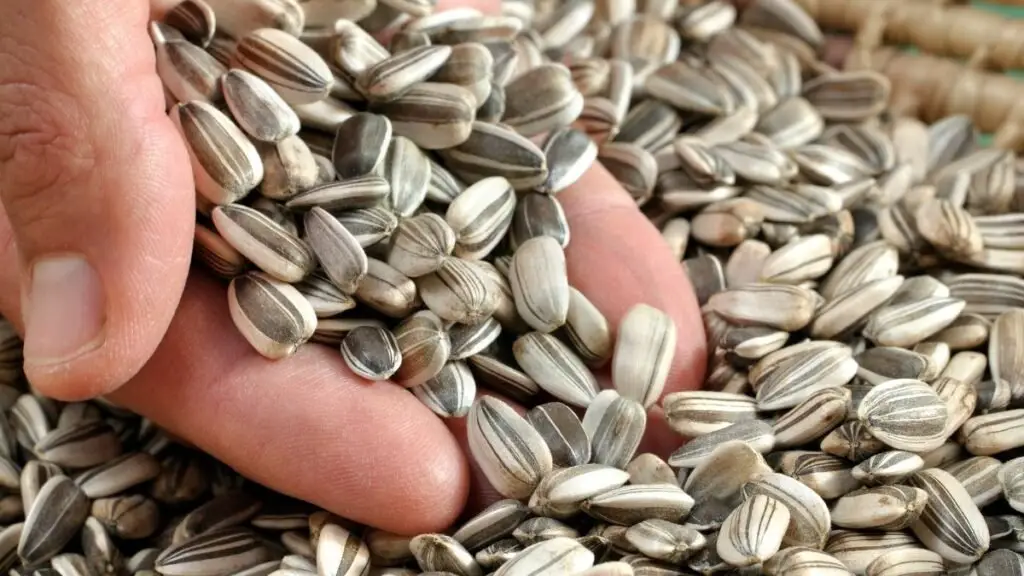
Signs of Ripeness
When picking sunflower seeds, look for a brown discoloration on the back of the sunflower head. Check if the seeds are plump and fully developed. Ensure that the petals have dried and naturally fallen off.
Ripening on Stems
To determine the ideal time for harvesting sunflower seeds, observe the back of the sunflower head for signs of drying and browning. Monitor the stem and flower closely for any drooping, while also noting if the head is facing downward. Confirm that the seeds are firm and not easily removed by touch.
Harvesting Techniques
Removing Seeds
Rub the seed head over a bucket to collect the seeds. Separate them from petals and debris efficiently. Consider wearing gloves for comfort.
Tools and Methods
Use a bucket or container to catch the seeds during removal. Opt for hands-on methods over mechanical tools for precision. Keep a colander nearby for rinsing the seeds.
Preparing Seeds for Various Uses
Sorting and Cleaning
After rinsing the sunflower seeds in a colander, carefully pick out any non-seed particles. Lay the seeds flat on newspaper-lined boxes to dry them thoroughly. Before storage, ensure all debris is removed to maintain seed quality.
Soaking and Drying
For optimal taste, soak the sunflower seeds in a saltwater mixture or boil them. Once soaked, dry the seeds completely on paper towels before baking them. It's crucial to ensure that the seeds are entirely dry to prevent any risk of spoilage.
Drying Seeds for Replanting
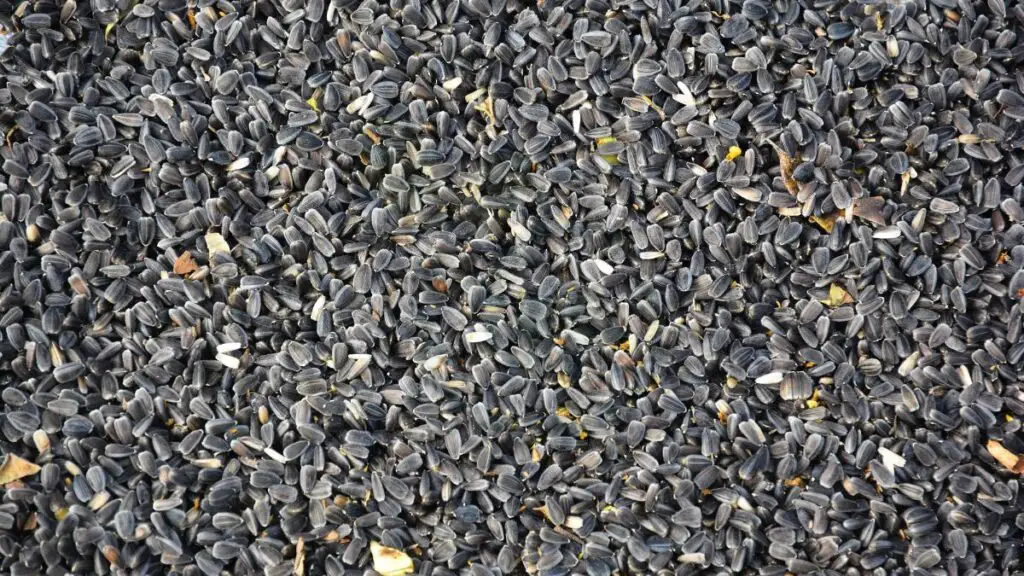
Drying Process
- Line containers with paper towels to absorb excess moisture during the drying process.
- Allow seeds to air dry naturally for several hours or overnight until they are completely dry.
- Store the dried seeds in airtight containers to protect them from moisture and pests.
Storage Tips
- Keep dried seeds in a cool and dry place away from direct sunlight to maintain their viability.
- Label containers with the harvest date and the specific seed variety to keep track of their age and type.
- Ensure airtight storage by sealing containers properly to preserve the freshness of the seeds.
Making Suet Cakes with Sunflower Seeds
Choosing Ingredients
When making suet cakes with sunflower seeds, opt for beef fat or lard as the base. Enhance the flavor by adding cherries, raisins, or crab apples. You can also include honey for a touch of sweetness.
Soaking Seeds
To elevate the taste of the seeds, soak them in water and salt overnight. Alternatively, boil the seeds for 1 to 1 ½ hours. After soaking, ensure to strain the seeds to eliminate any excess bits.
Baking Techniques
For optimal results, bake the seeds at 325 degrees for 25-30 minutes. Keep an eye on the seeds while baking; they should turn slightly brown and emit a fragrant aroma. Before baking, use paper towels to dry the seeds.
Roasting Sunflower Seeds
Preparing for Roasting
To ensure a delicious batch of roasted sunflower seeds, start by rinsing the seeds thoroughly. This step helps remove any debris or dirt. After rinsing, pat the seeds dry with paper towels. Removing excess moisture is crucial for achieving a crispy texture during roasting. Season the seeds with your favorite flavors like salt, garlic powder, or paprika before placing them in the oven.
Roasting Recipe
For a perfect roast, coat the sunflower seeds with oil and seasoning evenly. This coating enhances flavor and aids in achieving a crunchy texture. Next, spread the seasoned seeds uniformly on a baking sheet. Even distribution ensures that all seeds cook consistently. Bake the seeds at 325 degrees Fahrenheit until they turn a beautiful golden brown color.
Feeding Birds with Sunflower Seeds
Types of Sunflower Seeds
Striped and Black Oil Sunflower Seeds: Striped sunflower seeds have thinner shells, making them easier for smaller birds to crack open. Conversely, black oil sunflower seeds are rich in oil content, providing a high energy source for birds.
- Mammoth Sunflower Seeds: Opt for mammoth sunflower seeds if you want larger kernels that attract bigger bird species like cardinals and jays.
- Hybrid Varieties: Hybrid sunflower seeds offer diverse seed characteristics such as different sizes, colors, and nutrient profiles.
Making Bird Feeders
Creating Suet Cakes: Blend melted suet with sunflower seeds and other bird-friendly ingredients to make suet cakes. These cakes are a nutritious treat for birds during colder seasons.
- Refrigeration for Storage: After making suet cakes, refrigerate them until they harden. This ensures easy storage and prevents the cakes from spoiling quickly.
- Winter Feeding: Offering sunflower seed-based suet cakes during winter provides essential nutrients to help birds stay healthy in harsh weather conditions.
Saving Seeds for Next Season
Selecting Seeds to Save
When saving sunflower seeds, ensure you choose ones that are fully developed and healthy. Avoid any seeds with visible damage, mold, or signs of rot. Opt for seeds from mature sunflowers to ensure successful germination.
Drying and Storing
Dry the seeds by spreading them out in a single layer on paper towels. This method allows for even drying and prevents mold growth. Once dried, transfer the seeds to airtight containers to maintain their freshness and quality over time. Label these containers with details about the harvest date for better organization.
Suet Cake Recipe Highlights
Ingredients Overview
- Gather sunflower seeds, beef fat or lard, and additional ingredients for suet cakes.
- Ensure quality ingredients to create flavorful and nutritious suet cakes at home.
- Purchase ingredients from local health food stores for freshness and sustainability.
Step-by-Step Directions
- Rub sunflower head over a bucket to collect seeds efficiently for your suet cake recipe.
- Rinse the seeds in a colander to remove any debris and then dry them on paper towels.
- Store the dried sunflower seeds in labeled, airtight containers to maintain freshness and quality.
Closing Thoughts
You've learned how to harvest and prepare sunflower seeds for various uses, from replanting to making suet cakes for birds. By following these techniques, you can enjoy the benefits of sunflower seeds in different ways. Whether you're saving seeds for the next season or roasting them for a tasty snack, sunflower seeds can bring joy to your gardening and culinary experiences.
Now that you have the knowledge and skills to make the most of sunflower seeds, why not try out some of the techniques you've learned? Experiment with different recipes and feeding methods to see what works best for you. Share your experiences with others and continue exploring the versatile world of sunflower seeds. Happy harvesting!
Frequently Asked Questions
When is the best time to harvest sunflower seeds?
The best time to harvest sunflower seeds is when the back of the flower head turns brown and the petals start to dry out. This indicates that the seeds are mature and ready for harvesting.
How can I prepare sunflower seeds for different uses?
To prepare sunflower seeds for various uses, you can either roast them for a crunchy snack, save them for replanting next season, or use them in recipes like suet cakes for birds. Each method requires specific preparation steps tailored to its intended purpose.
What are some techniques for drying sunflower seeds before replanting?
After harvesting, spread the sunflower seeds in a single layer on a flat surface in a warm, well-ventilated area. Allow them to air dry completely for about one to two weeks before storing them in a cool, dry place until the next planting season.
How can I make suet cakes using sunflower seeds?
To make suet cakes with sunflower seeds, mix melted suet or lard with crushed sunflower seeds and other bird-friendly ingredients like dried fruits or mealworms. Pour the mixture into molds or containers, let it cool and solidify, then hang it outside for birds to enjoy.
Why should I feed birds with sunflower seeds?
Feeding birds with sunflower seeds provides them with essential nutrients like protein and healthy fats. It also attracts a variety of bird species to your garden, creating an enjoyable and rewarding experience for birdwatchers while helping maintain ecological balance.
Image Source: Paid image from CANVA

